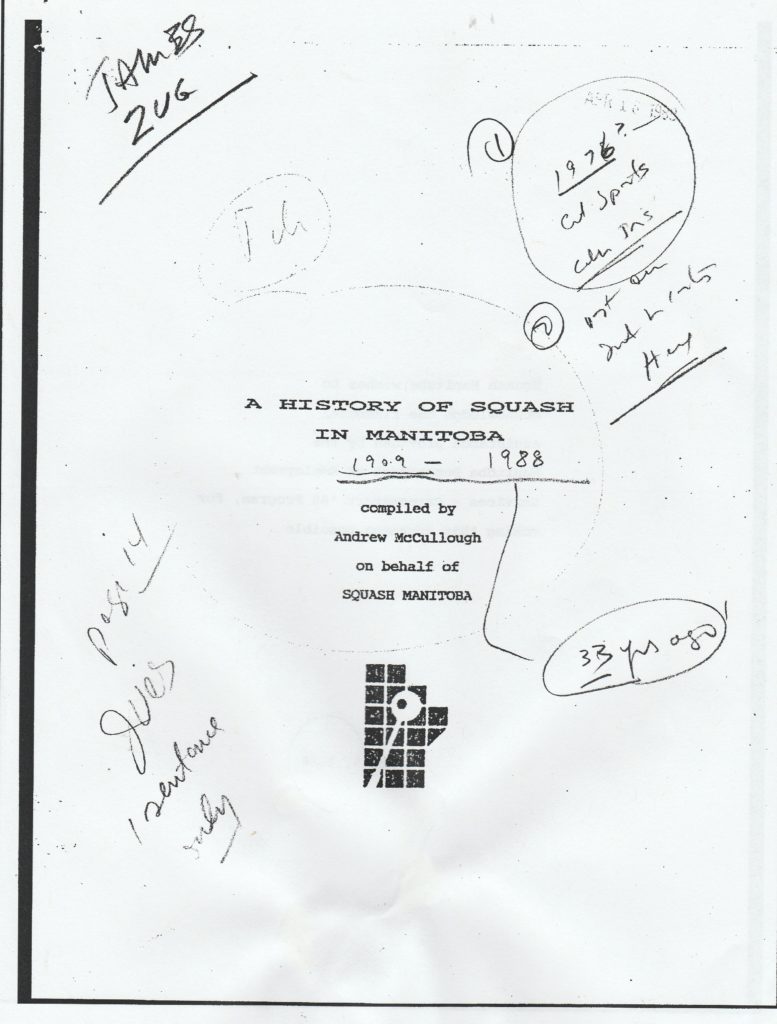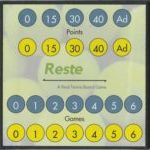Today is the exact ten-year anniversary of the arrival of the U.S. Open at Drexel. It was 30 September 2011 when the Delaware Investments U.S. Open Squash Championships kicked off. It was the first time Drexel hosted the event, bringing the men’s and women’s tournaments together for just the second time.
Going through my notes of that week, I wrote about pipe & cover, as US Squash draped and shaped, rugged and tugged the Daskalaskis Athletic Center’s basketball arena to create a wonderful squash venue; I was disappointed that while the men’s draw boasted thirty-two players the women’s draw had just sixteen (an issue that wasn’t rectified until 2013); I dilated on the advent of the video referee, as the Open was the first major to employ it; and Olli Tuominen told me about his obsession with backgammon (he lost in the first round to birthday boy Peter Barker in a match in which Olli won just fourteen points in three games and yet lasted on court for forty minutes).
Browsing the 2011 matches, it is astonishing to see that the more things change the more they remain the same. Four U.S. women who entered the qualies—Oliver Blatchford Clyne, Olivia Fiechter, Amanda Sobhy and Sabrina Sobhy—are now in the world’s top twenty-five (Amanda, still in high school, won two matches in the qualies before losing to Jenny Duncalf in the first round). And many overseas stars are still going strong, whether quarterfinalist Camille Serve, first-round loser Joelle King, semifinalist James Willstrop, quarterfinalist Mohamed ElShorbagy or first-round exiters Tarek Momen and Chris Gordon.
Many of the 2011 players are now based in the U.S.: there are the gaggle of current college coaches (Niki Clement at Haverford, Gilly Lane at Penn, John White at Drexel, Thierry Lincou at MIT and David Palmer at Cornell, ) and U.S.-based teaching pros and coaches (Madeline Perry, who reached the semis; Ong Beng Hee who lost in the finals of the qualies and is now the U.S. national coach; and a raft of others including Ali Walker, Hesham Ashour, Wael el Hindi and Cameron Pilley).
And I noted that to start his semifinal match with Lincou, Amr Shabana lost the first point, then cracked a service return cross-court into the nick (naturally) and rolled out eleven straight points. Yes, we miss the Prince of Cairo.
Anyway, there is one other thing for certain: the U.S. Open continues to enchant. A decade later, we now get to enter a sparkling new venue about forty yards away to once again see the world’s best play for our national championship.


